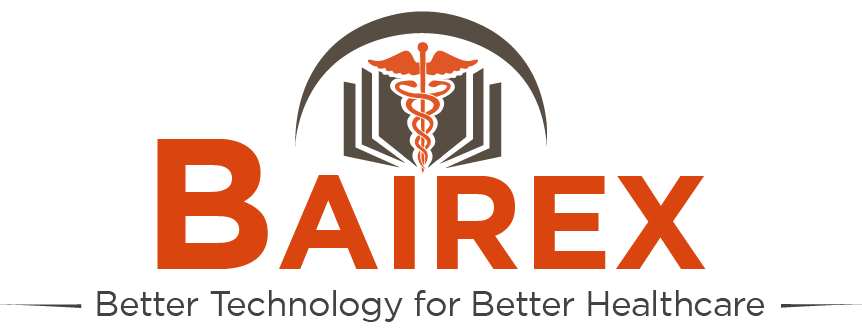Latest on COVID-19
- Home
- Latest on COVID-19
WHO Director-General's opening remarks at the media briefing on COVID-19 - 18 March 2020 18 March 2020
"Highlights:
More than 200,000 cases of COVID-19 have been reported to WHO, and more than 8000 people have lost their lives.
More than 80% of all cases are from two regions – the Western Pacific and Europe.
We know that many countries now face escalating epidemics and are feeling overwhelmed.
Don’t assume your community won’t be affected. Prepare as if it will be.
Don’t assume you won’t be infected. Prepare as if you will be.
But there is hope. There are many things all countries can do.
- Physical distancing measures – like cancelling sporting events, concerts and other large gatherings – can help to slow transmission of the virus.
They can reduce the burden on the health system.
And they can help to make epidemics manageable, allowing targeted and focused measures.
But to suppress and control epidemics, countries must isolate, test, treat and trace.
If they don’t, transmission chains can continue at a low level, then resurge once physical distancing measures are lifted.
WHO continues to recommend that isolating, testing and treating every suspected case, and tracing every contact, must be the backbone of the response in every country. This is the best hope of preventing widespread community transmission.
Most countries with sporadic cases or clusters of cases are still in the position to do this.
——IT CAN BE DONE/WE CAN CONTROL CV——
We understand the effort required to suppress transmission in these situations. But it can be done. A month ago, the Republic of Korea was faced with accelerating community transmission. But it didn’t surrender.
It educated, empowered and engaged communities;
It developed an innovative testing strategy and expanded lab capacity;
It rationed the use of masks;
It did exhaustive contact tracing and testing in selected areas;
And it isolated suspected cases in designated facilities rather than hospitals or at home.
As a result, cases have been declining for weeks. At the peak there were more than 800 cases, and today the report was only 90 cases.
——————————————
WHO is working in solidarity with other countries with community transmission to apply the lessons learned in Korea and elsewhere, and adapt them to the local context.
Likewise, WHO continues to recommend that, wherever possible, confirmed mild cases should be isolated in health facilities, where trained professionals can provide good medical care, and prevent clinical progression and onward transmission.
If that’s not possible, countries can use community facilities to isolate and care for mild cases and refer them for specialized care quickly if needed.
If health facilities are at risk of being overwhelmed, people with mild disease can be cared for at home.
Although this is not the ideal situation, WHO has advice on our website for how home-care can be provided as safely as possible.
WHO continues to call on all countries to implement a comprehensive approach, with the aim of slowing down transmission and flattening the curve.
This approach is saving lives and buying time for the development of vaccines and treatments.
This virus is presenting us with an unprecedented threat. But it’s also an unprecedented opportunity to come together as one against a common enemy – an enemy against humanity. "

